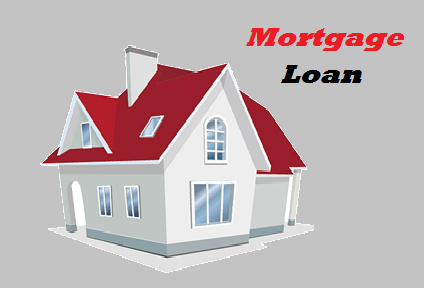Taking a loan against property is considered one of the easiest and quickest ways to get a large sum of money. However, like any financial transaction, it’s important to understand the specific terms and conditions before committing the pledge. This article will explain the top 10 mortgage terms in plain language to help you understand what it all means.
1. Loan Against Property:
A Loan Against Property, also known as a Mortgage Loan, is a secured loan that provides funds to the borrower by keeping a property as collateral. This property can be an apartment, building or any other residential or commercial space owned by the borrower. The lender provides funds based on the market value of the property.
2. Interest Rates on Loan Against Property:
The Loan Against Property interest rate on a is the amount charged by the lender for borrowing funds. The rate is calculated as a percentage of the loan amount and varies depending on factors such as the loan amount, repayment period and credit score. A lower interest rate will result in lower monthly payments and less overall expense.
3. Property Appraisal:
Property appraisal is the process of determining the value of a property. This process is done by a professional appraiser who evaluates the property’s condition, location, amenities and other factors to give an accurate market value. The value of the property is essential in deciding the loan amount that the borrower can receive.
4. Tenor:
The tenor on a Loan Against Property is the time period for which the loan is taken. The tenor can vary widely, from 5 to 20 years, depending on the lender’s terms and conditions and the borrower’s repayment capacity. A longer tenor means lower monthly payments, but higher overall interest paid.
5. EMI (Equated Monthly Installments):
A Loan Against Property is usually repaid through EMI, which is the fixed monthly payment made by the borrower to the lender. The EMI consists of the principal amount and the interest charged on that amount. The EMIs are calculated based on the loan amount, tenor, and interest rate.
6. Foreclosure:
Foreclosure refers to the process of ending a mortgage loan early by paying the outstanding amount in full. This can be done by the borrower or by selling the property. Foreclosure attracts additional charges, such as pre-payment penalties and foreclosure fees, and can impact credit scores.
7. Prepayment:
Prepayment means paying off a part of the loan amount before the due date. This can be done in a lump sum or in installments. Prepayment can help reduce the overall interest paid and shorten the loan tenor. However, it may also carry a pre-payment penalty.
8. Processing Fee:
A processing fee is a one-time fee charged by the lender for processing the loan application. Typically, processing fees are a percentage of the loan amount and can vary between 0.5% to 2% of the loan amount.
9. Lowest Interest Rate:
The lowest interest rate is the interest rate charged by the lender, which is the lowest currently available. The interest rate is influenced by many factors such as the credit score of the borrower, risk profile of the borrower, repayment capacity, and loan amount.
10. Loan to Value Ratio (LTV):
The Loan to Value ratio (LTV) is the ratio of the loan amount to the market value of the property kept as collateral. It is calculated by dividing the loan amount by the market value of the property. Lenders usually offer up to 60% – 70% of the property’s market value as loan amount.
Summary
Loan Against Property is an excellent way to obtain funds at a lower interest rate since it is a secured loan. Before choosing a lender, it’s crucial to understand key mortgage terms such as interest rates, property appraisal, tenor, EMIs, foreclosure, prepayment, processing fee, the lowest interest rate, and loan to value ratio. Knowing these terms is essential in making informed decisions and ensuring you get the best possible deal.
